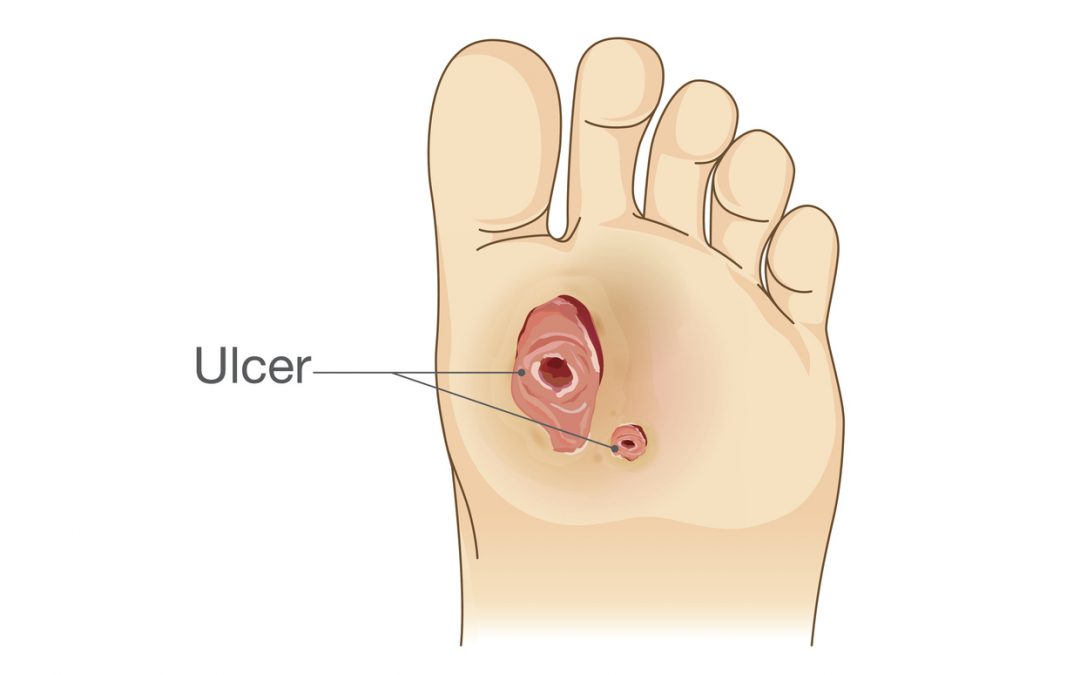Hyperbaric medicine, also called hyperbaric oxygen treatment (HBOT), is the clinical use of oxygen at a level greater than atmospheric pressure.
The air pressure within hyperbaric chambers is roughly two and a half times larger than the normal strain in the air. This assists your blood flow more oxygen to organs and cells inside the body. You can get more information about the hyperbaric wound therapy via https://hyperheal.com/hyperbaric-oxygen-therapy/.

Image Source: Google
Several therapeutic principles are made use of in HBO treatment:
The enhanced general strain is of therapeutic value when HBOT can be used in treating decompression sickness and air embolism.
For several different states, the curative principle of HBOT lies within its capability to radically increase the partial pressure of oxygen in the cells of the human body.
Under atmospheric pressure, oxygen transfer is limited by the oxygen-binding capacity of hemoglobin in red blood cells, and very little oxygen is transported by blood plasma.
Since the hemoglobin of the red blood cells is saturated in oxygen below atmospheric pressure, this path of transportation can't be exploited any farther. Oxygen transport by plasma nevertheless is considerably increased using HBOT because of the stimulation.
The uses of hyperbaric oxygen treatment as characterized by the hyperbaric oxygen treatment :
-Air or gas embolism and Carbon monoxide poisoning;
-injury, and other acute traumatic ischemias.
-Decompression illness.
